There are several types of braces available in orthodontic treatment. Each type has its unique features, benefits, cost, application, and procedure, as well as indications, contraindications, and other factors that patients should consider when choosing the type of braces.
Page Contents
Toggle1. Traditional Metal Braces:
Traditional metal braces are made of stainless steel and are the most common type of braces seen in orthodontic treatment. They consist of brackets, wires, and elastic ties. The wires and elastic ties put pressure on the teeth to move them into the desired positions. In some cases, additional springs or rubber bands are added to increase the pressure.
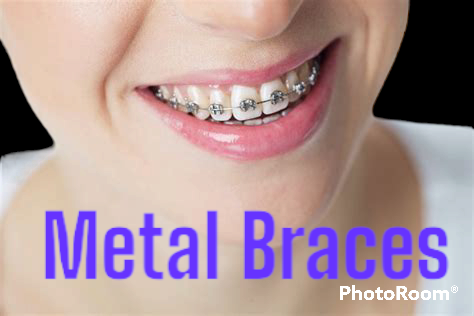
Indications: Traditional metal braces are indicated for all types of orthodontic problems, including severe misalignment, overbite, underbite, and crossbite.
Contraindications: Traditional metal braces may not be suitable for patients with metal allergies or those who are concerned about the appearance of traditional metal braces.
Advantages: Traditional metal braces are often less expensive than other types of braces and may be more effective in treating more severe orthodontic problems.
Disadvantages: Traditional metal braces may cause discomfort, mouth sores, and other irritation. They may also attract food particles, making it difficult to keep the teeth clean.
Cost of Metal Braces: The cost of traditional metal braces is usually between $3,000 and $7,000, but may vary depending on the complexity of the treatment.
Application and procedure: The brackets of traditional metal braces are bonded to the teeth, and then wires are threaded through them. The wires are then attached to the brackets with elastic ties.
Duration of treatment: The duration of treatment varies depending on the individual case, but it typically takes 18 to 36 months.
2. Ceramic Braces:
Ceramic braces are similar to traditional metal braces, but the brackets are made of clear or tooth-colored materials, making them less noticeable. They are sometimes called clear braces.
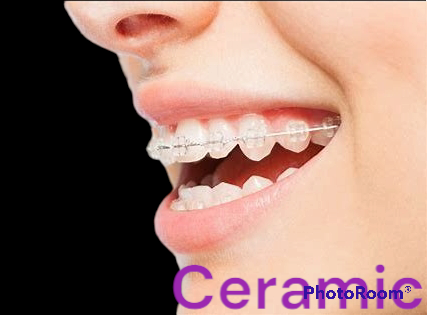
Indications: Ceramic braces are ideal for patients who do not want the look of traditional metal braces.
Contraindications: Ceramic braces may be not as durable as traditional metal braces and may be more prone to chipping or breaking.
Advantages: Ceramic braces are less noticeable than traditional metal braces and work well for some patients with certain orthodontic problems.
Disadvantages: Ceramic braces can be more expensive than traditional metal braces and may require more frequent adjustments.
Cost Of Ceramic Braces: The cost of ceramic braces is usually between $4,000 and $8,000, but may vary depending on the complexity of the treatment.
Application and procedure: The application and procedure of ceramic braces are similar to traditional metal braces.
Duration of treatment: The duration of treatment varies depending on the individual case, but it typically takes 18 to 36 months.
3. Lingual Braces:
Lingual braces are similar to traditional metal braces, but they are bonded to the inside of the teeth rather than the outside, making them virtually invisible. They are commonly called Behind teeth Braces or Inside teeth Braces
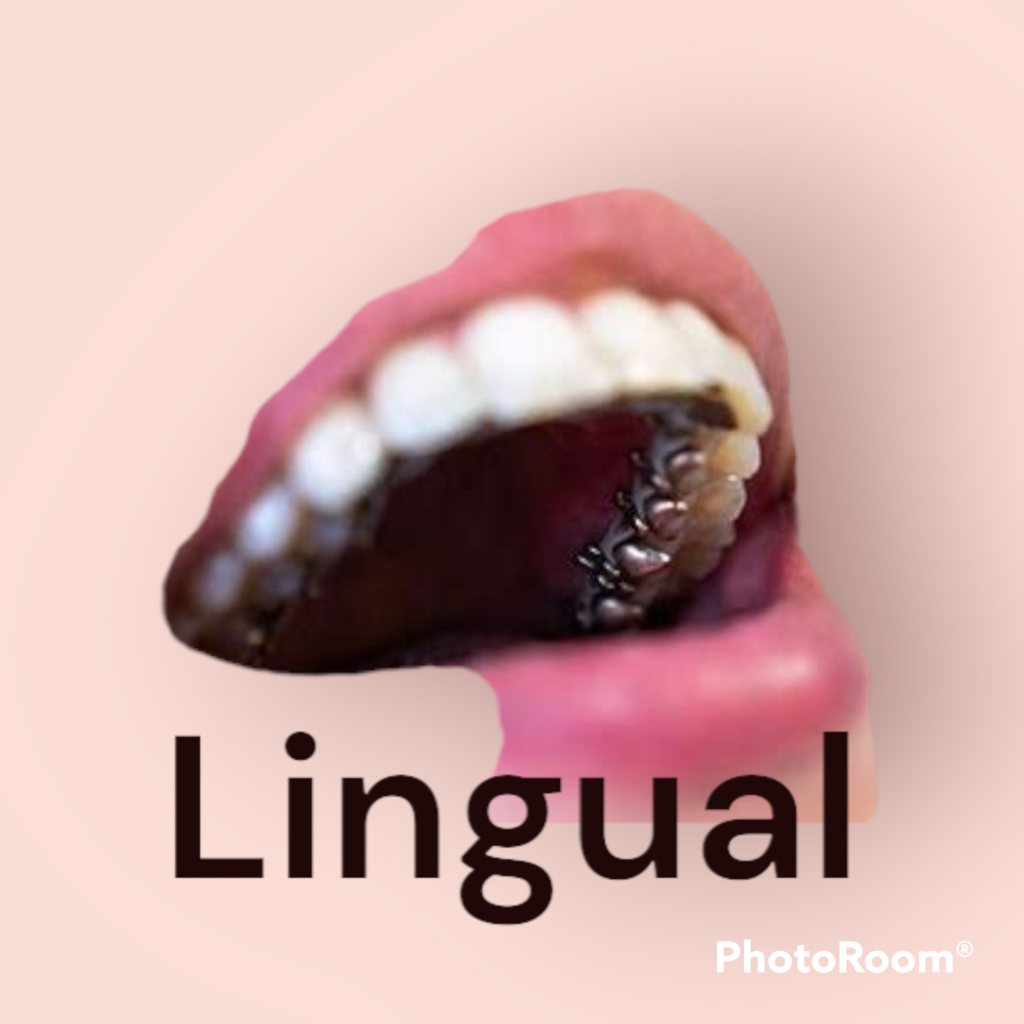
Indications: Lingual braces are ideal for patients who do not want any visible signs of traditional braces.
Contraindications: Lingual braces may cause more discomfort than traditional metal braces. They may also be more difficult to clean and maintain proper oral hygiene.
Advantages: Lingual braces are virtually invisible and are an excellent option for some patients.
Disadvantages: Lingual braces can be challenging to adjust and may require more frequent adjustments.
Cost Of Lingual Braces: The cost of lingual braces is usually between $8,000 and $10,000, but may vary depending on the complexity of the treatment.
Application and procedure: The brackets of lingual braces are bonded to the inside of the teeth, and then wires are threaded through them.
Duration of treatment: The duration of treatment varies depending on the individual case, but it typically takes 18 to 36 months.
4. Self-Ligating Braces:
Self-ligating braces are similar to traditional metal braces, but they do not require elastic ties to hold the wires in place. Instead, they use a special clip mechanism to hold the wires.
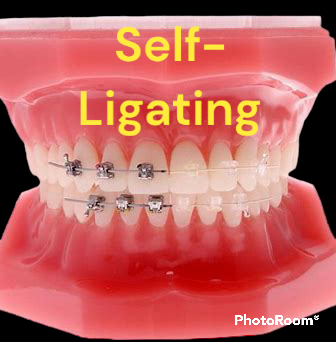
Indications: Self-ligating braces are ideal for patients who want faster treatment times and fewer adjustments.
Contraindications: Self-ligating braces may not be suitable for all orthodontic cases, and they may be more expensive than traditional metal braces.
Advantages: Self-ligating braces require fewer adjustments and can result in faster treatment times.
Disadvantages: Self-ligating braces may be more expensive than traditional metal braces and may cause more discomfort.
Cost : The cost of self-ligating braces is usually between $3,000 and $8,000, but may vary depending on the complexity of the treatment.
Application and procedure: The application and procedure of self-ligating braces are similar to traditional metal braces.
Duration of treatment: The duration of treatment varies depending on the individual case, but it typically takes 12 to 24 months.
Deduction
There are several types of braces available in orthodontic treatment. Each type has its own unique features, benefits, costs, and drawbacks, as well as indications and contraindications that patients should consider. A consultation with an orthodontist can help you determine which type of braces is the best option for your individual case.
FAQs
Q: What are the different types of braces used for malaligned teeth?
A: The most common types of braces used for malaligned teeth are metal braces, ceramic braces, lingual braces, and clear aligners.
Q: What are metal braces?
A: Metal braces are the traditional type of braces made of metal brackets and wires that are attached to the teeth. They apply gentle pressure to move the teeth into the desired position.
Q: What are ceramic braces?
A: Ceramic braces are similar to metal braces, but the brackets are made of clear or tooth-colored materials instead of metal. This makes them less noticeable, but they are generally more expensive.
Q: What are lingual braces?
A: Lingual braces are similar to metal braces, but the brackets and wires are placed on the backside of the teeth instead of the front. This makes them virtually invisible, but they can be more difficult to clean and more expensive.
Q: What are clear aligners?
A: Clear aligners are a type of orthodontic treatment that uses a series of clear plastic trays to gradually move the teeth into the desired position. They are removable, virtually invisible, and may be a good option for mild to moderate teeth alignment issues.
Q: Which type of braces are best for me?
A: The best type of braces for you will depend on the severity of your malalignment, your dental needs, and your personal preferences. Your orthodontist can help you determine which type of braces are best for your individual needs.
Q: How long do I need to wear braces for?
A: The length of time you need to wear braces for will vary depending on the severity of your malalignment and the type of braces you choose. Treatment can take anywhere from several months to several years.

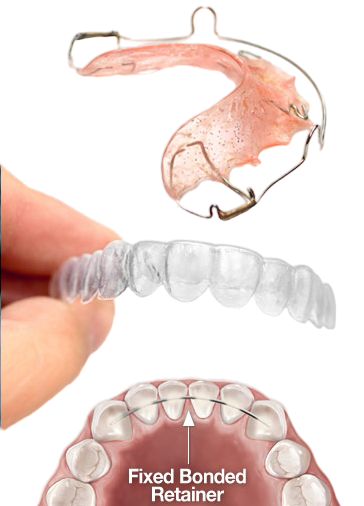

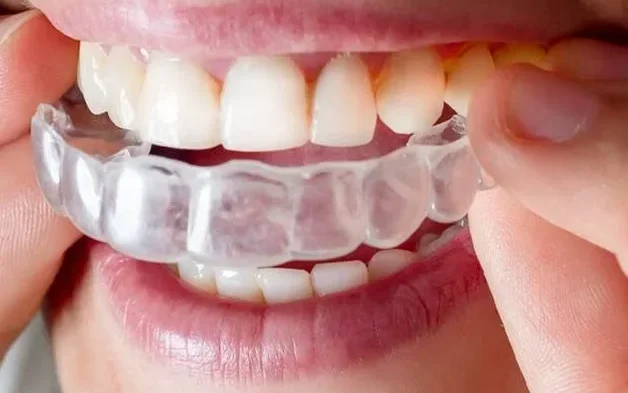
2 thoughts on “What Are The Types Of Braces Used for Treating Malaligned Teeth?”